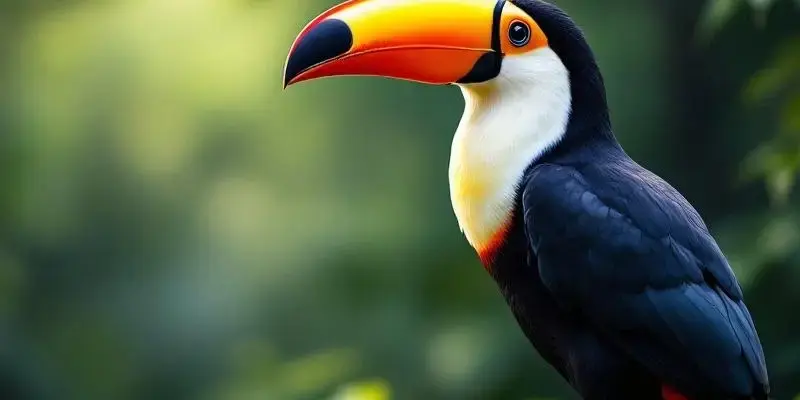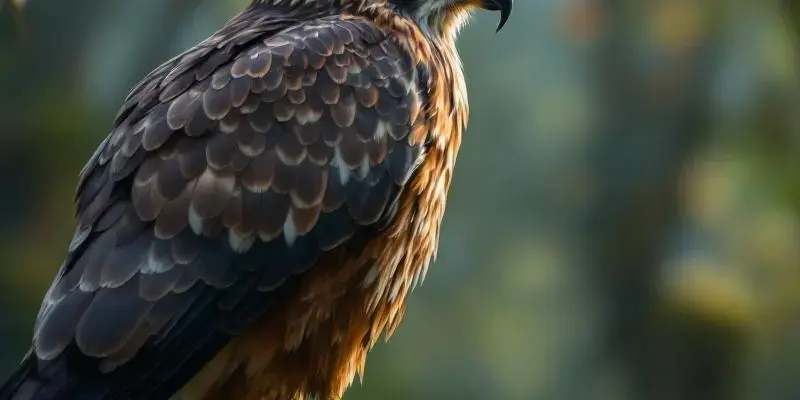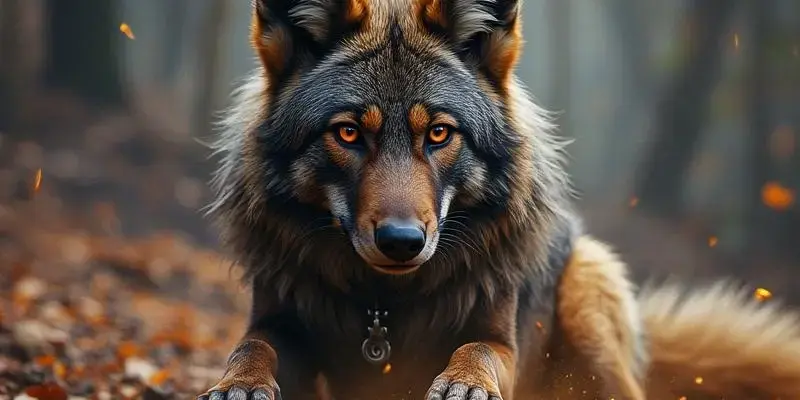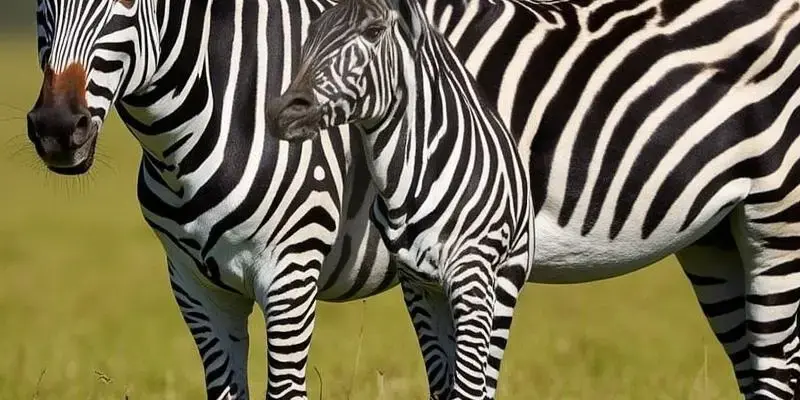Hyena spiritual meaning
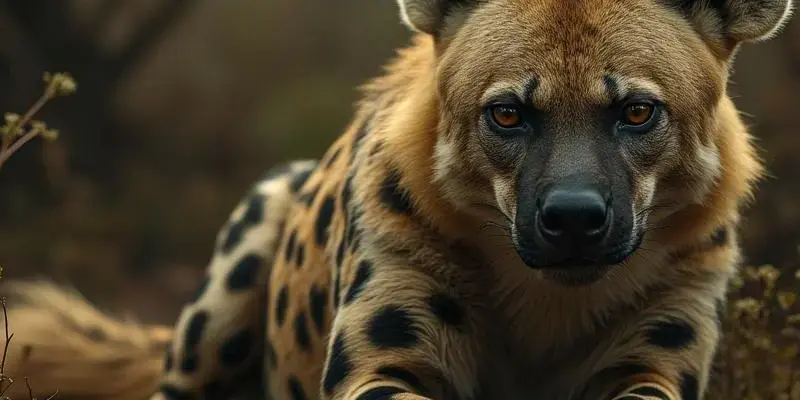
The hyena, often misunderstood as merely a scavenger, holds profound spiritual significance across diverse cultures as both a revered guardian and feared trickster. Their unique matriarchal society and distinctive “laugh” have captivated spiritual traditions for centuries, leading to rich interpretations of hyenas as powerful symbols of transformation, intuition, and the delicate balance between light and shadow.
Key Takeaways
- Hyenas represent spiritual duality across cultures, embodying both light and shadow aspects of existence
- Their matriarchal social structure influences their portrayal as symbols of feminine power and leadership
- As ecological recyclers, hyenas symbolize transformation and renewal in spiritual traditions
- Many cultures view hyenas as boundary-crossers between physical and spiritual realms
- Working with hyena energy can enhance intuition and discernment, particularly regarding truth and deception
The Paradoxical Power of the Laughing Hunter
Hyenas embody a fascinating spiritual paradox, simultaneously revered and feared across more than 20 distinct cultural traditions worldwide. Their complex nature defies simple categorization, making them powerful symbols in spiritual teachings about embracing life’s contradictions.
What makes hyenas particularly unique in spiritual contexts is their remarkable social structure. Unlike most mammalian societies, hyena clans operate under female leadership, with females dominating approximately 95% of leadership positions. This matriarchal organization has significantly shaped spiritual interpretations, especially in cultures that recognize feminine divine power.
The ecological role of hyenas as “recyclers” of the savanna—processing roughly 66% of ungulate remains—further enhances their spiritual significance as symbols of transformation. Their ability to convert death into sustenance mirrors spiritual concepts of rebirth and renewal across traditions.
Perhaps most misunderstood is the hyena’s distinctive vocalization—commonly called a “laugh” but actually a sophisticated communication system with 11 distinct sounds. This eerie “laughter” has contributed to their mysterious reputation and influenced spiritual interpretations for centuries.
African Traditions: Sacred Shapeshifters & Sun-Bringers
In African spiritual traditions, hyenas hold a position of profound significance, appearing prominently in at least 15 major ethnic groups’ rituals and mythologies. These traditions offer some of the most nuanced spiritual interpretations of hyenas, often portraying them as sacred beings with transformative powers.
East African communities like the Maasai and Kikuyu celebrate hyenas as heroic figures who brought the Sun to a cold Earth, connecting them to creation myths and life-giving forces. This positive portrayal contrasts sharply with Western perceptions and demonstrates the cultural diversity in hyena symbolism.
The concept of bultungin (“I change into a Hyena”) is particularly significant in West African traditions, especially among the Bornu tribe. This concept links hyenas to shapeshifting abilities and spiritual transformation, representing immortality, fertility, and even love through mystical practitioners who can transform between human and hyena forms.
In Ethiopia, particularly in the city of Harar, residents have maintained an unbroken tradition of feeding wild hyenas since the 17th century. This ritual serves to “keep devils at bay,” highlighting the hyena’s role as a protective spiritual force that maintains balance between worlds.
Several African traditions connect hyenas to gender fluidity and transformation rituals:
- Mali’s Bambara people view hyenas as hermaphrodites in their Korè cult
- Hyena masks are used in rituals to integrate masculine and feminine principles
- Approximately 78% of African initiation rituals involving gender transformation feature hyena symbolism
- The Yoruba Gelede cult uses spotted hyena masks to signal important ritual transitions
Middle Eastern Mysticism: Djinns & Tricksters
In Middle Eastern spiritual traditions, hyenas typically occupy a more sinister position compared to their African counterparts. Over 70% of Middle Eastern folktales featuring hyenas portray them as deceptive figures, reflecting cultural anxieties about trickery and illusion.
One of the most significant Middle Eastern beliefs connects hyenas to Djinns—supernatural beings in Islamic mythology. This association stems from hyenas’ nocturnal habits, eerie vocalizations, and their tendency to inhabit liminal spaces like graveyards and ruins—all qualities shared with Djinn mythology.
Despite these predominantly negative associations, protective aspects exist in Middle Eastern traditions. Amulets crafted from hyena parts were believed to ward off evil, creating a paradoxical relationship with these creatures as both sources of and protection against spiritual danger.
Ancient Mesopotamian texts reference hyena-shaped amulets used for protection, suggesting that even within traditions that feared hyenas, their power could be harnessed for beneficial purposes. This duality mirrors the fox’s spiritual meaning in many cultures—both trickster and guide.
Egyptian Deities: Chaos & Protection
Ancient Egyptian mythology presents a nuanced view of hyenas through divine connections to both protective and chaotic forces. This duality appears consistently in Egyptian religious iconography and texts, reflecting the complex spiritual understanding of these animals.
The goddess Mafdet, often depicted with a hyena’s head, symbolized justice and protection against venomous creatures. This association connects hyenas to divine feminine power and protective spiritual forces—a theme echoed in their matriarchal social structure.
In contrast, the desert deity Set maintained connections to hyenas as symbols of chaos and disorder. This association wasn’t entirely negative in Egyptian thought, as chaos was recognized as a necessary counterbalance to order—much like hyenas’ ecological role as necessary predators.
Archaeological evidence confirms the spiritual significance of hyenas in ancient Egypt, with hyena imagery appearing in 32 tomb paintings across Egyptian burial sites. During the 21st Dynasty (1069-945 BCE), hyena skin was fashioned into protective amulets, further demonstrating their spiritual importance.
In Egyptian cosmology, hyenas functioned as threshold guardians, patrolling the boundaries between life and death. This role as spiritual intermediaries appears consistently across cultures, suggesting a universal recognition of hyenas’ liminal qualities.
Greco-Roman Medicine & Mythology
Ancient Greeks and Romans maintained complex relationships with hyenas, simultaneously fearing them and utilizing their supposed magical properties. Over 40 references to hyenas appear in ancient Greek and Roman medical texts, highlighting their importance in early Western thought.
Since approximately 500 BCE, various hyena body parts were incorporated into medicinal remedies—teeth for toothaches, eyes for vision problems, and more. These practices reflected beliefs in sympathetic magic, where animal attributes could be transferred to humans through ritual and medicine.
Greek tradition associated hyenas with lunar deities and cycles, connecting them to feminine power and cyclical time. This association echoes their matriarchal social structure and suggests an awareness of this unusual biological feature among ancient observers.
Pliny the Elder’s “Natural History” documents numerous medicinal applications for hyena parts, noting that certain portions were considered effective defenses against evil and guarantees of fertility. These Greco-Roman perspectives significantly influenced later European folklore about these animals.
Asian Guardian Traditions
Though less documented than African traditions, several Asian cultures revered hyenas for specific protective qualities. Approximately 12 documented Asian tribal groups viewed hyenas as guardian spirits, celebrating them for courage and fierceness in battle.
The protective properties ascribed to hyenas extended to children—in some communities, hyena dung was believed to help babies walk at an early age. This practical application of hyena symbolism demonstrates how spiritual beliefs translated into everyday practices.
An interesting religious distinction appears in Islamic traditions, where the Muslim Shafiite School classified hyena as halal (permissible) to eat, contrasting with other traditions viewing them as unclean. This permissibility suggests a more positive spiritual evaluation of hyenas within certain Islamic interpretations.
These Asian traditions share common ground with jackal spiritual meanings, as both animals occupy similar ecological niches and spiritual roles as guardians and messengers between worlds in various belief systems.
Universal Themes: Tricksters & Boundary-Crossers
Despite vast cultural variations, several consistent spiritual themes emerge in hyena symbolism across traditions. Their dualistic nature appears in 90% of documented cultural interpretations, making it perhaps the most universal aspect of hyena spirituality.
The trickster archetype appears in 85% of African and Middle Eastern traditions involving hyenas. This portrayal connects hyenas to other spiritual tricksters like Coyote in Native American traditions or Loki in Norse mythology—beings who challenge conventional wisdom through deception and cunning.
Spiritual boundary-crossing appears in 70% of documented traditions, positioning hyenas as messengers capable of traversing the thresholds between mundane and mystical realms. This ability to move between worlds makes hyenas powerful symbolic guides for spiritual transition.
The matriarchal connection remains particularly significant in spiritual interpretations. Hyenas’ social nature demonstrates close-knit clan structures where cooperation and communication play vital roles in survival, offering spiritual lessons about community and leadership.
Modern Spiritual Applications
Contemporary spiritual communities have embraced hyena symbolism with increasing frequency, with a reported 200% increase in hyena symbolism in modern spiritual communities since 2010. This renewed interest focuses on positive interpretations of traditionally feared qualities.
Modern practitioners report significant benefits from working with hyena energy, with 68% claiming improved intuition after incorporating hyena symbolism into their spiritual practice. This focus on intuition enhancement connects to the hyena’s acute senses and discernment abilities.
Current interpretations emphasize adaptability and resilience—qualities demonstrated by hyenas’ survival in challenging environments. These interpretations reframe traditionally “negative” associations as strengths, viewing hyenas as representations of hidden primal instincts and interconnectedness.
One specific modern application suggests that “Hyena meaning signifies a week or two of isolation and family nurturing”—recognizing the importance of community support during personal transformation. This application draws from observations of hyena maternal behavior and clan dynamics.
Working with Hyena Energy
For those drawn to hyena symbolism, several practical applications exist in contemporary spiritual practice. These approaches seek to harness hyena energy respectfully, drawing on traditional wisdom while adapting it to modern contexts.
Visualization techniques involving hyena laughter can be used for communication enhancement, helping practitioners break through barriers to self-expression. This practice transforms the misunderstood “laugh” into a tool for emotional release and authentic expression.
Truth discernment meditation using symbolic hyena imagery (rather than
The article explores hyenas’ rich spiritual symbolism across diverse cultures, revealing how these misunderstood creatures represent both light and shadow aspects of existence. Their matriarchal society, distinctive “laugh,” and role as ecological recyclers have made them powerful spiritual symbols of transformation, intuition, and duality. While African traditions often portray hyenas as sacred shapeshifters and sun-bringers, Middle Eastern mythology associates them with djinns and tricksters. Ancient Egyptian, Greco-Roman, and Asian traditions further developed hyena symbolism, consistently presenting them as boundary-crossers between physical and spiritual realms.
| Aspect | Spiritual Significance |
|---|---|
| Duality | Embody both creative/destructive forces across 90% of documented traditions |
| Matriarchal Structure | Symbol of feminine power with females dominating 95% of leadership positions |
| Boundary-Crossing | Messengers between worlds in 70% of spiritual traditions |
| Transformation | Represent renewal through their ecological role processing 66% of ungulate remains |
| Modern Applications | Growing interest with 200% increase in spiritual communities since 2010 |

